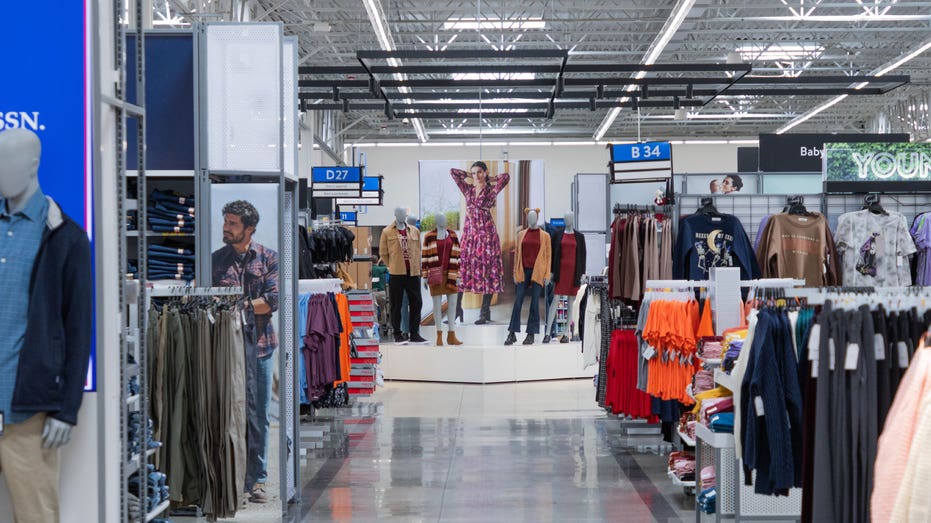From airlines, retail giants, and restaurants, industries are increasingly tailoring their offerings to appeal to higher‑earning customers as they continue to take up a growing share of their customer base.
Fast food companies are offering premium menu items to draw in such consumers who are far less likely to cut back when prices rise, all while major U.S. airlines are in ‘arms race’ to unveil upgraded luxury suites. While they were once geared primarily toward business travelers, business class has now become a profit center, helping airlines offset declines in demand for economy seats.
Retailers are also capitalizing on the growing number of higher earners walking through their doors. Notably, Walmart has highlighted in back-to-back earnings calls that it continued to gain market share from higher-income households. The company has added new key brands to its assortment of items such as Apple products and Bose headphones, and enhanced the looks of stores and remodeled hundreds of stores.
AIRLINES ARE IN ‘ARMS RACE’ TO UNVEIL UPGRADED LUXURY SUITES
CFO John David Rainey told FOX Business earlier this year that the nation’s largest retailer has been “upleveling” its brand and making changes that “appeal to a much broader demographic than what we have historically.”
David Tinsley, senior economist for the Bank of America Institute, told FOX Business that Bank of America credit and debit card data show that spending growth for higher and middle-income households is outpacing that of lower-income households. While lower income spending growth was zero year-over-year in the July data, it was a healthier 1.8% year-over-year for higher income households,
“When we look at the labor market, particularly wage growth, we see something similar – higher income wage growth outpacing lower-income households’ wage growth – and the gap is widening. So, short-term at least, this momentum will likely continue,” Tinsley said, adding that these divergences are likely playing a role in retailers strategies.
The data is far from surprising as the economy has weighed heavily on low and middle-income consumers, who are more sensitive to price increases. Since they have less disposable income, when prices go up, a larger share of their income is taken up by essential goods such as food, forcing them to pull back in other areas.

UNITED AIRLINES UNVEILS LUXURY BUSINESS CLASS SUITES WITH CAVIAR SERVICE
During its first quarter 2025 earnings report, McDonald’s executives even noted that the low-income consumers were down nearly 10%, and middle-income consumers were close to that across the industry, while the high income consumer is “still spending pretty consistently and pretty robustly.”
Brand strategist Laura Burkemper told FOX Business that the economy is driving brands to lean into the very customers who keep spending through economic swings, though the companies simultaneously risk “pushing price-sensitive consumers to the sidelines, especially in categories like dining and travel where the ‘value menu’ or basic fare is quietly shrinking.”
“The challenge for brands is to balance premium growth with inclusive entry points, or they risk eroding long-term loyalty and market share,” Burkemper said.
Read the full article here


